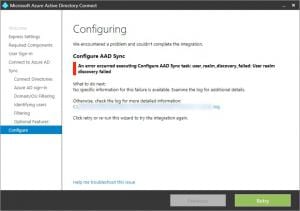Update: awesome pro-tip
Big shout out to Scott Hoag (@ciphertxt on Twitter) with this pro-tip which will save you having to read this blog post. Yes, you don’t know what you don’t know.
Part of a Yammer network merge (which I am writing a blog post about.. WIP), you would lose data, posts, files etc as that can’t come across. You can however do an export of all that data to, depending on how much there is to export, usually a large .zip file. This is where Scott showed me the light. In that export, there are also two .csv files that contain all the user info in the first, and in the second all the group info. Knowing this, run that export process and you probably don’t need to read the rest of this blog post. #FacePalm.
HOWEVER, and that is a big however for a reason. The network export process does not export what members there are in groups in that groups.csv file. So if you want to to export Yammer groups and all their members, the below blog post is one way of doing that process, just a longer way…
Yammer network merges are not pretty. I’m not taking a stab at you (Yammer developers and Microsoft Office 365 developers), but, I’m taking a stab.
There should be an option to allow at least group and group member data to be brought across when there is a network merge. Fair enough not bringing any data across as that can certainly be a headache with the vast amount of posts, photos, files and various content that consumes a Yammer network.
However, it would be considerably much less painful for customers if at least the groups and all their members could be merged. It would also make my life a little easier not having to do it.
Let me set the stage her and paint you a word picture. I’m no developer. Putting that out there from the start. I am good at problem solving though and I’m a black belt at finding information online (surfing the interwebs). So, after some deliberation, I found the following that might help with gathering group and user data, to be used for Yammer network merges.
Read More
![A [brief] intro to Azure Resource Visualiser (ARMVIZ.io)](https://blog.kloud.com.au/wp-content/uploads/2018/12/Kloud_vector_logo_mono_white.png)
